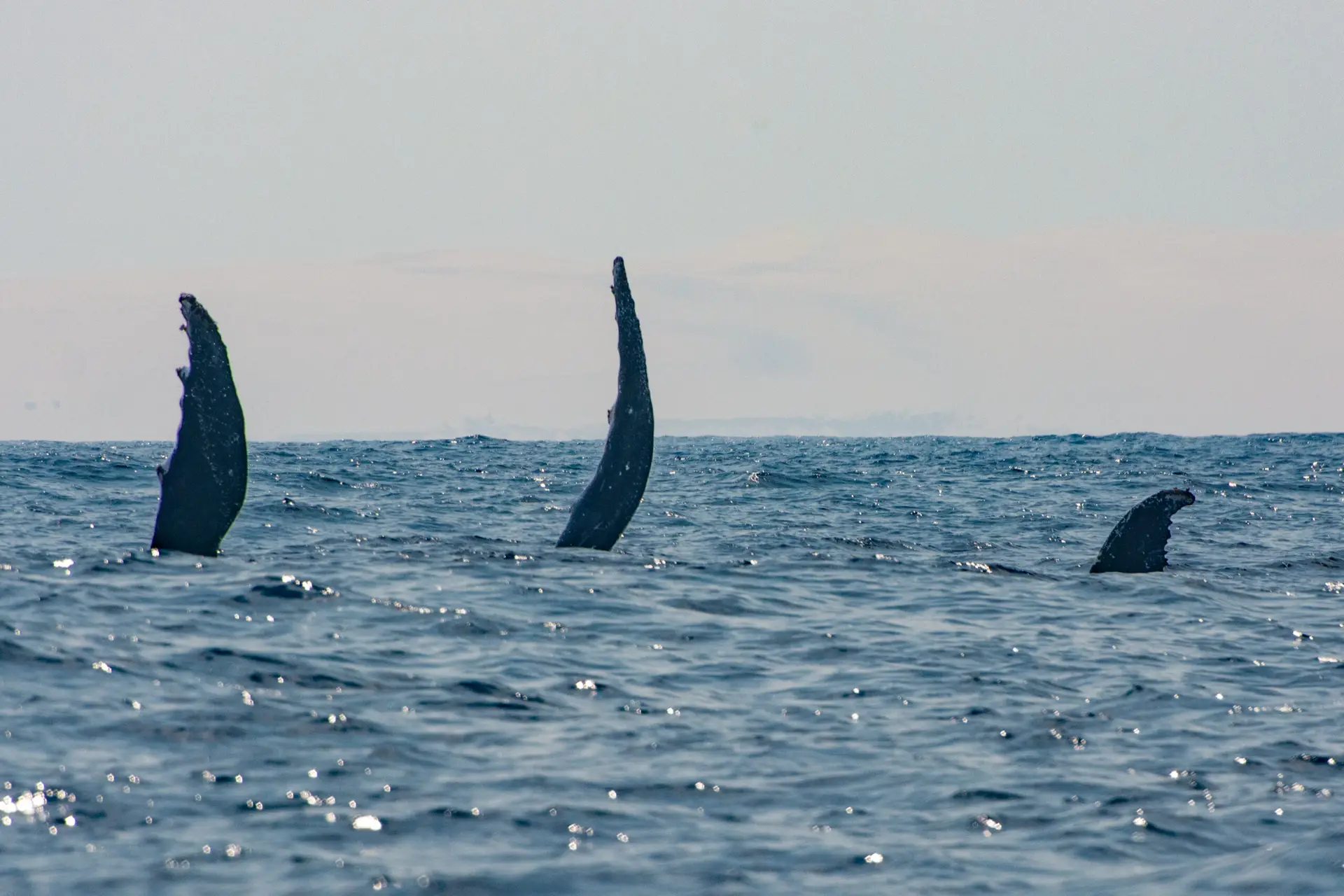The Soundtrack of the Ocean: A Journey of Conservation and Innovation with NOAA and Deep Voice
Beneath the ocean’s surface lies a hidden world where communication happens through sound. The songs of whales, the clicks of dolphins, the grunts of fish – each species contributes to an intricate, living soundtrack that tells the story of life beneath the waves. Yet, for many marine species, this soundscape is increasingly threatened by human activity, especially noise pollution from ships, industrial projects, and fishing. At the forefront of the effort to protect the ocean’s delicate balance is a groundbreaking partnership between NOAA Fisheries (National Oceanic and Atmospheric Administration within the U.S. Department of Commerce) and Deep Voice, using cutting-edge technology to preserve this essential underwater symphony.

A Whale’s Song, A Call for Help
Imagine a world where a whale’s song is no longer heard, where its calls fade into a cacophony of industrial noise. This is the reality faced by the North Atlantic right whale, a species so endangered that fewer than 372 individuals remain. Once a thriving presence in the Atlantic, these majestic creatures have been pushed to extinction due to ship collisions, fishing gear entanglements, and the growing threat of noise pollution.
But what if the ocean could speak back? What if we could listen closely enough to hear the quiet stories of these creatures, understand their movements, and protect them from harm? That’s where NOAA and Deep Voice’s partnership comes in – a collaboration born from the need to fill gaps in our understanding of right whale populations and their challenges.
The Silent Gaps in Conservation
For years, scientists have monitored right whale populations using a method based on the distinct callosity patterns on their heads. These unique patterns, like fingerprints, can help identify individual whales. But there’s a catch. These callosities don’t develop until the calves are a year old, meaning the youngest and most vulnerable whales are left out of the data. This blind spot is critical when identifying a whale as an individual; its early life might already be at risk from ship strikes or entanglement.
It was this challenge that brought NOAA and Deep Voice together. NOAA’s team, led by Dr. Daniel W. Linden, envisioned improving population estimates by incorporating birth data and early calf mortality into their models. But this wasn’t just about numbers – it was about a more accurate and timely picture of a species on the brink, one that could help guide better conservation decisions.

The Innovation That Transformed the Story
This is where Deep Voice’s expertise came into play. At Deep Voice, we don’t just gather data-we listen to the ocean. Using AI-powered acoustic monitoring, we are able to hear what others cannot. With the ocean’s vastness and the constant noise from ships and machinery, the calls of whales and other marine mammals can be easily lost. But with our technology, we can pinpoint those sounds, distinguish between species, and even identify individual calls, an invaluable tool for conservation.
The collaboration was simple in its brilliance: Deep Voice would enhance NOAA’s ability to detect right whale calls, as well as those of other species like humpback and fin whales. By adding this layer of innovation, NOAA’s birth-integrated models could now include younger calves, whose calls had previously gone unnoticed.
Together, we crafted a new tool – a multi-species detector that could listen for and recognise a variety of whale calls, distinguishing between them with precision. It was more than just a technical achievement- it was a bridge between two worlds: the vastness of the ocean and the urgency of conservation.

Listening for Hope
As the data poured in, the results were transformative. NOAA’s team now had access to more precise and real-time information about right whale populations, movements, and behaviours. Even before their unique callosities developed, the ability to hear the calls of calves painted a clearer picture of their population dynamics. More importantly, it allowed NOAA to take action-guiding policies to protect critical habitats and mitigate threats like ship strikes.
But this work was far from over. The collaboration between NOAA and Deep Voice became a model for how technology and conservation could intersect to create lasting change. We weren’t just listening to the ocean- we were amplifying the voices of those who had no other way to speak for themselves.
A Shared Vision for the Future
The journey didn’t stop with the right whale. As the partnership grew, the tools and techniques we developed together also had far-reaching implications for other species. Humpback, Sei, Minke, and Fin whales became part of the conversation. By refining these acoustic technologies, we weren’t just improving detection systems. Still, we were creating a foundation for a future where marine conservation could be more accurate, more responsive, and more connected to the pulse of the ocean itself.
This was no longer just a story of survival for one species; it was a broader narrative of resilience for marine life as a whole. With each new insight, we moved closer to a future where the ocean’s soundtrack could be heard clearly once more, free from the interference of human noise and threats.
Together, we can amplify the voice of the ocean’s most vulnerable inhabitants.

